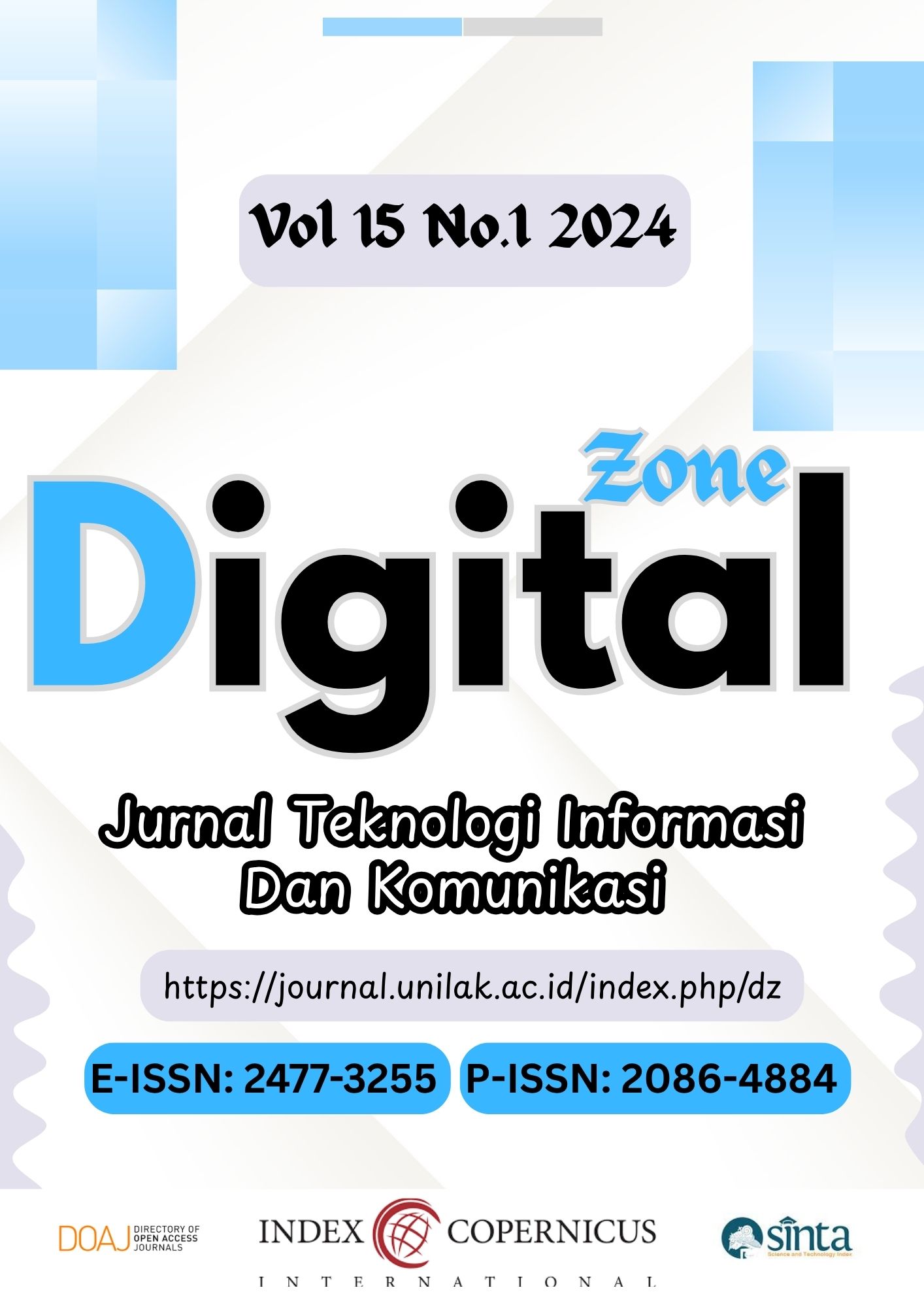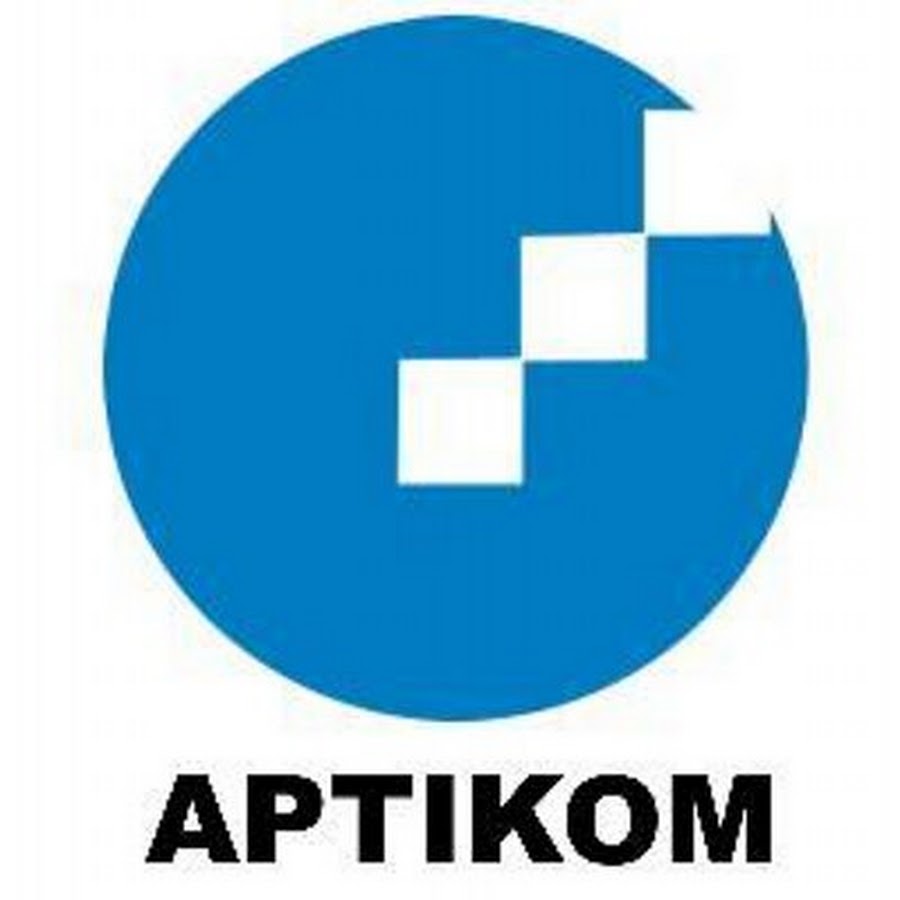Implementation of a CNN-trained model for coffee type detection in an Android app with photo input of beans, fruits, and leaves
DOI:
https://doi.org/10.31849/digitalzone.v15i1.19563Keywords:
CNN, Flutter, Kopi, Android, ImplementasiAbstract
Coffee is the most consumed type of drink in the world. Each type of coffee has different physical characteristics from leaves, fruits to seeds. Now technology is needed in the world of agriculture in making decisions. To determine the type of coffee with fission characteristics, there are still many people who do not understand in distinguishing the physical characteristics of coffee plants. In this case, an application was developed using the RAD method by utilizing the flutter framework and the Convolutional Neural Network model that has been trained. The pre-train model used is NasNet Mobile with a dataset of 900 photos and 100 epochs with early-stopping utilization and heti at epoch 55 with an accuracy of 90.67%. In this study, implementing existing models into Android applications using the Flutter framework. With the implementation process carried out by the application can help the detection process using an android device. The implementation results get good test results with a score of 0.97. This application can help the process of identifying the type of coffee and minimize errors in identifying directly.
References
M. Ibnu and N. Rosanti, “Tren Produksi Dan Perdagangan Negara-Negara Produsen Kopi Terbesar Di Dunia Dan Implikasinya Bagi Indonesia,” Buletin Ilmiah Litbang Perdagangan, vol. 16, no. 2, Dec. 2022, doi: 10.55981/bilp.2022.5.
A. Susanto, Y. Kusumawati, E. D. Niagara, and C. A. Sari, “Convolutional Neural Network Dalam Sistem Deteksi Helm Pada Pengendara Motor,” Seminar Nasional Teknologi dan Multidisiplin Ilmu (SEMNASTEKMU), vol. 2, no. 1, pp. 91–99, Dec. 2022, doi: 10.51903/semnastekmu.v2i1.158.
S. Garg and N. Baliyan, “Comparative analysis of Android and iOS from security viewpoint,” Comput Sci Rev, vol. 40, p. 100372, May 2021, doi: 10.1016/j.cosrev.2021.100372.
M. Fachriyan and D. Dharmayanti, “Pembangunan Aplikasi Pengenalan Objek Terdekat Untuk Penyandang Tunanetra Menggunakan Mlkit Dan Text To Voice Berbasis Android,” elibrary UNIKOM, Jul. 2020.http://dx.doi.org/10.14710/transient.v10i3.510-516
R. Arianto, “Perancangan Aplikasi Pengenalan dan Pembelajaran Pertanian Milenial Hidroponik Berbasis Android Flutter & DartDengan Metode RAD,” OKTAL : Jurnal Ilmu Komputer dan Science, vol. 2, no. 3, pp. 928–935, Mar. 2023.
A. Setiawan, A. Irma Purnamasari, and N. Suarna, “Penerapan Rapid Aplication Development Melalui Sistem Informasi Geografis Untuk Pemetaan Lembaga Pendidikan Anak Usia Dini,” Infotekmesin, vol. 10, no. 1, pp. 23–27, Jan. 2019, doi: 10.35970/infotekmesin.v10i1.23.
A. Noertjahyana, “Studi Analisis Rapid Aplication Development Sebagai Salah Satu Alternatif Metode Pengembangan Perangkat Lunak,” Jurnal Informatika, vol. 3, pp. 74–79, Nov. 2022, doi: 10.9744/informatika.3.2.pp.%2064-68.
D. Manajang, S. R. U. A. Sompie, and A. Jacobus, “Implementasi Framework Tensorflow Object Detection API Dalam Mengklasifikasi Jenis Kendaraan Bermotor,” Jurnal Teknik Informatika, vol. 15, no. 3, pp. 171–178, Feb. 2021.https://doi.org/10.35793/jti.15.3.2020.29775
M. B. Baihaqi, Y. Litanianda, and A. Triyanto, “Implementasi Tensor Flow Lite Pada Teachable Untuk Identifikasi Tanaman Aglonema Berbasis Android,” Komputek, vol. 6, no. 1, p. 70, Apr. 2022, doi: 10.24269/jkt.v6i1.1143.
R. Roslidar, M. R. Syahputra, R. Muharar, and F. Arnia, “Adaptasi Model CNN Terlatih pada Aplikasi Bergerak untuk Klasifikasi Citra Termal Payudara,” Jurnal Rekayasa Elektrika, vol. 18, no. 3, Sep. 2022, doi: 10.17529/jre.v18i3.8754.
B. Raharjo, Pemrograman Android Dengan Flutter. 2019.
M. Y. Putra and D. E. Kurniawan, “Implementasi Sistem Reminder Jadwal pada eLearning Moodle Berbasis API Menggunakan Framework Flutter,” Journal of Applied Computer Science and Technology, vol. 4, no. 1, pp. 7–11, Jun. 2023, doi: 10.52158/jacost.v4i1.490.
R. Mufidianto, J. S. Asri, N. Anwar, and T. I. Widyawan, “Perancangan Aplikasi Antrean Makanan Berbasis Cross-Platform Dengan Framework Flutter (Studi Kasus Rm. Padang Buaran),” IKRAITH-TEKNOLOGI, vol. 7, no. 3, pp. 67–75, Nov. 2023, https://doi.org/10.37817/ikraith-teknologi.v7i3.3235
T. M. Pratama and A. R. Pratama, “Rancang Bangun Aplikasi Android ‘Kuliah Apa?’ Berbasis Flutter dan TensorFlow Lite,” AUTOMATA, vol. 2, no. 1, Jan. 2021.
V. Febrian, M. R. Ramadhan, M. Faisal, and A. Saifudin, “Pengujian pada Aplikasi Penggajian Pegawai dengan menggunakan Metode Blackbox,” vol. 5, no. 1, pp. 2622–4615, 2020, [Online].https://doi.org/10.32493/informatika.v5i1.4340
I. R. Dhaifullah, M. Muttanifudin H, A. Ananda Salsabila, and M. Ainul Yaqin, “Survei Teknik Pengujian Software,” Journal Automation Computer Information System, vol. 2, no. 1, pp. 31–38, Jun. 2022, doi: 10.47134/jacis.v2i1.42.
M. Mursyidah and H. T. Hidayat, “Pengujian Sistem Informasi Akuntansi Biaya Operasional Sekolah Dengan Black Box Testing,” Jurnal Infomedia, vol. 2, no. 2, pp. 7–14, Jan. 2018, doi: 10.30811/.v2i2.512.
M. D. Mulyawan, I. N. S. Kumara, I. B. A. Swamardika, and K. O. Saputra, “Kualitas Sistem Informasi Berdasarkan ISO/IEC 25010: Literature Review,” Majalah Ilmiah Teknologi Elektro, vol. 20, no. 1, p. 15, Mar. 2021, doi: 10.24843/mite.2021.v20i01.p02.









